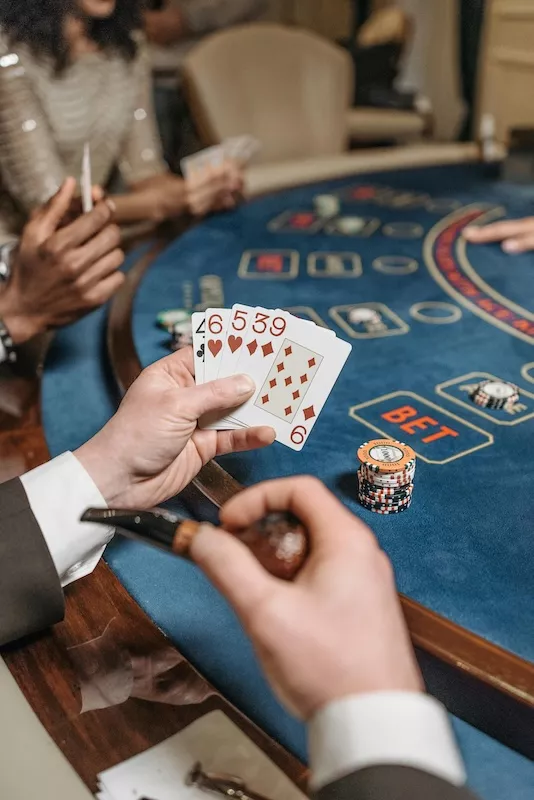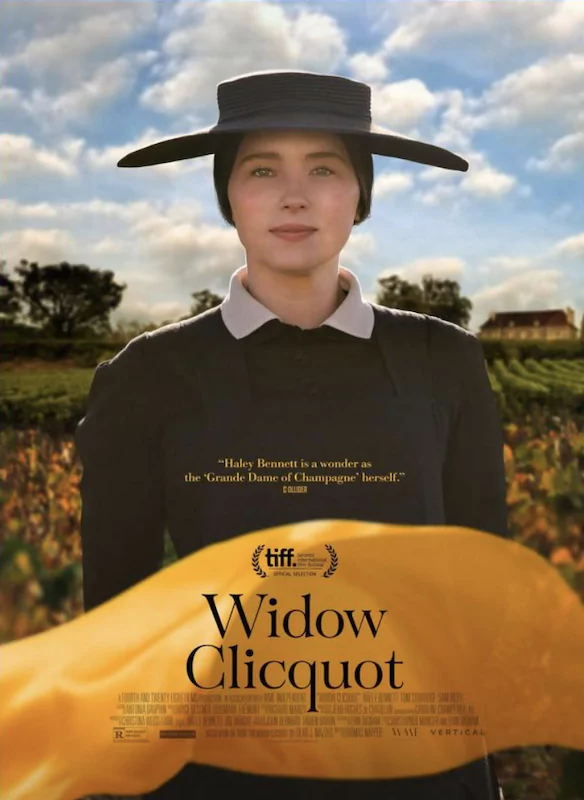
Paris Through the Lens: How Cinema Shapes Our Vision of the City of Light

The power of cinema to inspire wanderlust has never been more evident than in recent tourism data from France. According to a 2024 study by France's National Center of Cinematography, a remarkable four out of five international visitors to Paris were motivated to travel there after watching films or television series set in the French capital—a significant increase from the three-quarters reported in 2018. For ten percent of these travelers, screen inspiration was their primary reason for visiting, with Netflix productions Emily in Paris and Lupin leading the charge as the most influential shows driving tourism decisions.
This data reveals something profound about our relationship with cinematic storytelling: Paris has always been more than a city—it's a character, a mood, a promise of transformation waiting on cobblestone streets and behind wrought-iron balconies. In the realm of film and television, Paris serves as both backdrop and co-star, shaping narratives and capturing imaginations across generations. From romantic comedies to mysterious thrillers, the City of Light continues to illuminate screens worldwide, each production offering its own interpretation of Parisian magic that translates directly into real-world travel desires.
The relationship between Paris and popular culture runs deeper than mere location scouting. Directors, writers, and creators use the city as a narrative device, a visual metaphor, and sometimes even a catalyst for character development. Whether it's the golden hour light filtering through Haussmannian windows or the intimate atmosphere of a neighbourhood café, Paris on screen becomes a living, breathing entity that audiences fall in love with long before they ever set foot on French soil.
The Romantic Idealist: Emily in Paris

Netflix's Emily in Paris has perhaps done more to romanticize contemporary Parisian life than any recent production. Following Emily Cooper, an American marketing executive navigating professional and personal challenges in the French capital, the series presents Paris as a playground of possibilities. The show's vision of Paris is unapologetically optimistic—every street corner holds potential for romance, every café promises meaningful encounters, and every outfit becomes an opportunity for self-expression.
The series showcases iconic locations like the Pont Alexandre III, Place de l'Estrapade, and the gardens of the Palais-Royal, but it's the everyday Paris that truly captivates. Emily's apartment building in the 5th arrondissement, the fictional marketing agency Savoir, and Sylvie's effortlessly chic office spaces create a version of Paris that feels both aspirational and accessible.
What makes Emily in Paris particularly interesting from a cultural perspective is how it presents Paris through distinctly American eyes. Emily's wonder at French customs, her struggles with the language, and her gradual adaptation to Parisian social norms mirror the experience of many visitors. The show doesn't claim authenticity—instead, it embraces fantasy, creating a Paris where problems are solvable, where style reigns supreme, and where personal growth happens against a backdrop of architectural perfection.
The series has sparked conversations about cultural representation and the "Netflix-ification" of international cities, but its impact on Paris tourism and fashion interest cannot be denied. Viewers don't just watch Emily's adventures; they begin planning their own Parisian escapades, seeking out the croissants, the vintage shops, and the riverside walks that the show makes so appealing.

The Literary Time-Traveler: Midnight in Paris
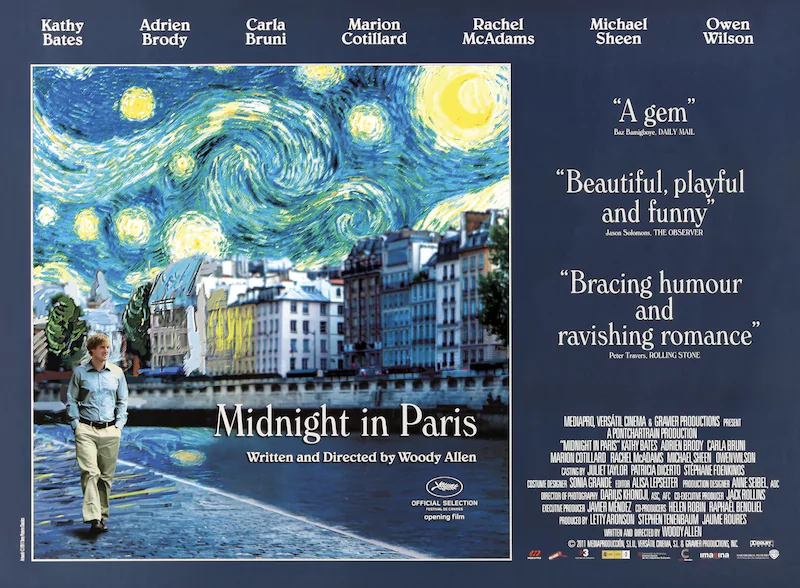
Woody Allen's Midnight in Paris offers a completely different lens through which to view the city—one steeped in literary history and artistic nostalgia. The film follows Gil Pender, a screenwriter who mysteriously travels back to 1920s Paris each night at midnight, encountering legendary figures like Ernest Hemingway, F. Scott Fitzgerald, and Gertrude Stein.
Allen's Paris is intellectual and romantic, but in a more contemplative way than Emily in Paris. The contemporary scenes showcase familiar tourist attractions—the Seine, the Louvre, Versaille—but it's the reimagined 1920s Paris that truly captivates. Through Gil's midnight wanderings, we see Montparnasse cafés, artistic salons, and streets alive with creative possibility.
The film uses Paris as a meditation on nostalgia and artistic inspiration. The city becomes a character that bridges past and present, reality and fantasy. Allen's vision suggests that Paris has always been a magnet for creative souls, a place where art and life intertwine in ways that seem impossible elsewhere. The famous bookshop Shakespeare and Company appears as both a contemporary destination and a historical touchstone, embodying the continuity of Parisian intellectual culture.
Midnight in Paris earned critical acclaim partly because it captured something essential about the city's relationship with creativity. The film suggests that Paris doesn't just house artists—it creates them, nurtures them, and connects them across generations. For viewers, the movie offers permission to see Paris as more than a tourist destination; it's presented as a source of inspiration and transformation.
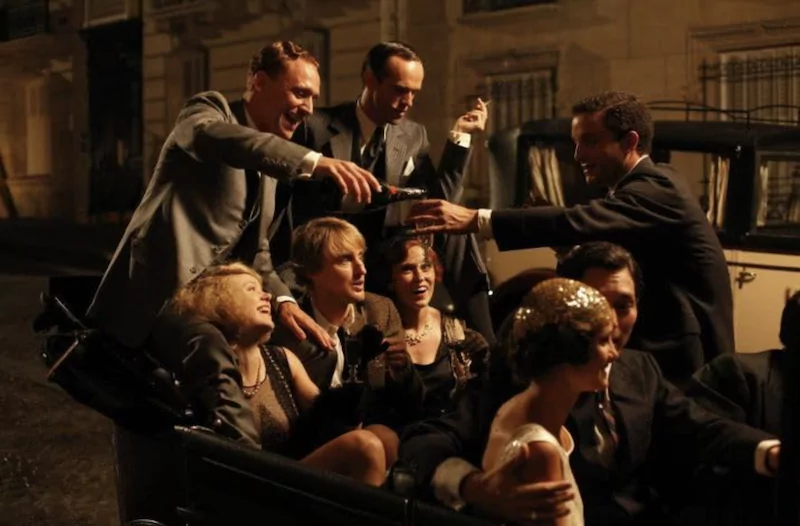
The Mysterious Observer: Personal Shopper

Olivier Assayas's Personal Shopper presents perhaps the most unconventional Paris in recent cinema. Starring Kristen Stewart as Maureen, a personal shopper seeking to communicate with her deceased twin brother's spirit, the film uses Paris as a landscape of isolation and mystery.
This isn't the Paris of romantic comedies or tourist brochures. Assayas's city is modern, sometimes stark, filled with luxury boutiques and contemporary apartments that feel emotionally cold despite their aesthetic beauty. Maureen moves through designer stores in the Triangle d'Or, rides the metro alone, and inhabits a Paris that feels distinctly contemporary yet timeless in its emotional resonance.
The film's genius lies in how it uses familiar Parisian elements—the narrow streets, the mix of old and new architecture, the constant movement of urban life—to create an atmosphere of supernatural tension. Paris becomes a city where the living and the dead coexist, where text messages from unknown numbers carry otherworldly implications, and where luxury fashion serves as both armour and vulnerability.
Personal Shopper demonstrates how Paris can serve stories beyond romance and nostalgia. The city's layers of history, its blend of public and private spaces, and its capacity for both intimacy and anonymity make it an ideal setting for psychological exploration. Stewart's Maureen uses Paris as both refuge and prison, finding solace in its rhythms while remaining isolated within its vastness.

The Charming Dreamer: Mrs. Harris Goes to Paris

Mrs. Harris Goes to Paris brings a distinctly British perspective to Parisian haute couture culture. Based on Paul Gallico's novel, the film follows Ada Harris, a London cleaning lady who becomes obsessed with owning a Christian Dior dress and travels to Paris to make her dream reality.
The film's Paris centers around the fashion world of the 1950s, showcasing the House of Dior in all its post-war elegance. The Avenue Montaigne, the Ritz Paris, and various couture ateliers become stages for a story about dreams, determination, and the democratization of beauty. Director Anthony Fabian presents Paris as both intimidating and welcoming—a city where social hierarchies exist but can be transcended through kindness and authenticity.
Mrs. Harris's Paris is one of transformation and possibility, but grounded in more realistic social dynamics than Emily in Paris. The film acknowledges class differences, language barriers, and cultural misunderstandings while maintaining an optimistic belief in human connection.
The fashion houses become not just places of business but communities where craft, tradition, and innovation intersect. The movie's vision of Paris celebrates both its haute couture tradition and its capacity for social mobility. Mrs. Harris's journey through Parisian society—from suspicious receptions to genuine friendships—reflects the city's complex relationship with outsiders and its ultimate capacity for embrace and transformation.

The Stylish Gentleman Thief: Lupin

Netflix's Lupin series offers perhaps the most comprehensive contemporary portrait of Paris in recent popular culture. Following Assane Diop, a master thief inspired by the classic French literary character Arsène Lupin, the series uses virtually every corner of Paris as its playground.
The show's Paris is multifaceted—glamorous museums and luxury hotels exist alongside suburban housing projects and working-class neighborhoods. The Louvre, the Château de Fontainebleau, and the Théâtre du Châtelet serve as stages for elaborate heists, while places like Clichy-sous-Bois represent the social realities often absent from romantic portrayals of the city.
Lupin succeeds in presenting Paris as a character with multiple personalities. The series moves seamlessly between the tourist's Paris of monuments and museums and the resident's Paris of daily life and social complexity. Assane's knowledge of the city—its hidden passages, social hierarchies, and historical layers—allows the show to explore Paris as both playground and prison, opportunity and obstacle.
The series also addresses issues of race, class, and immigration in contemporary France, using Parisian locations to ground these discussions in specific social realities. A robbery at the Louvre carries different weight when viewed through the lens of colonial history and cultural ownership. The show's vision of Paris acknowledges both its beauty and contradictions, its opportunities and inequalities.
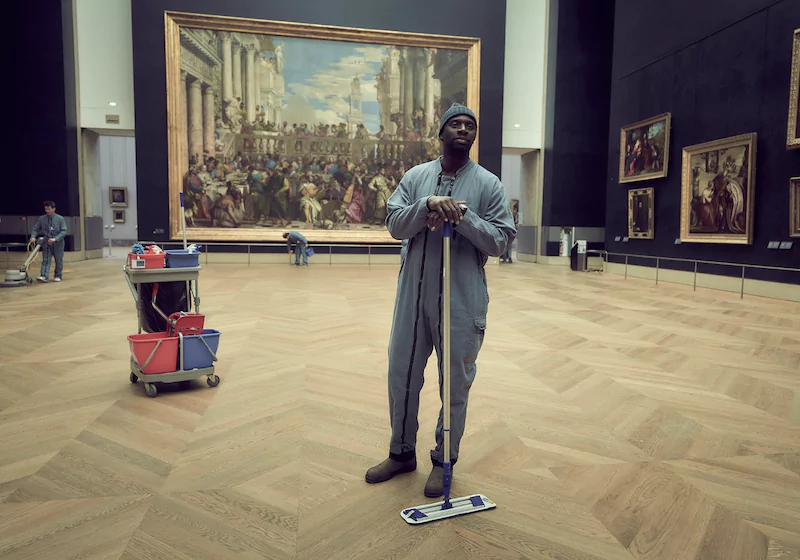
The Cinematic City: Common Threads
What unites these diverse portrayals of Paris is the city’s remarkable adaptability as a cinematic setting. Each production finds different aspects of Parisian life to emphasize—romance, intellectual pursuit, mystery, transformation, adventure—yet all tap into something essential about the city’s cultural resonance.
Paris on screen often serves as more than setting; it becomes a catalyst for character development. Emily discovers confidence and independence, Gil finds creative inspiration, Maureen confronts grief and identity, Mrs. Harris realizes dreams, and Assane navigates complex questions of justice and belonging. The city doesn’t just house these stories—it enables them.
The recurring elements across these productions—cafés, bookshops, fashion, art, architecture—suggest certain consistent appeals of Parisian life. These stories present Paris as a place where individual transformation is possible, where culture and daily life intersect meaningfully, and where beauty serves not just aesthetic but emotional and spiritual purposes.
Beyond the Screen: Cultural Impact
The cumulative effect of these portrayals extends far beyond entertainment. They shape expectations, influence travel decisions, and contribute to ongoing conversations about cultural representation and authenticity. Emily in Paris has boosted tourism to specific neighborhoods, Midnight in Paris has increased interest in literary history, and Lupin has highlighted contemporary social issues within French society.
These productions also demonstrate how different cultural perspectives—American, British, French—can find distinct angles on the same city. Paris remains recognizable across these varied interpretations while simultaneously revealing new facets of its character and possibility.
The challenge for contemporary creators lies in balancing the Paris of dreams with the Paris of reality, acknowledging both the city’s undeniable romance and its complex social and political realities. The most successful productions manage to honour both the fantasy and the authenticity, creating portrayals that feel both aspirational and genuine.
As Paris continues to evolve—culturally, socially, technologically—its representation in popular culture will likely evolve as well. Future productions will undoubtedly find new angles, new stories, and new ways to capture the eternal appeal of a city that has long served as both destination and inspiration for dreamers worldwide.
Paris in popular culture remains what it has always been: a mirror reflecting our desires for beauty, transformation, and meaningful connection. Whether viewed through romance, mystery, comedy, or drama, the City of Light continues to illuminate our collective imagination, one story at a time.



